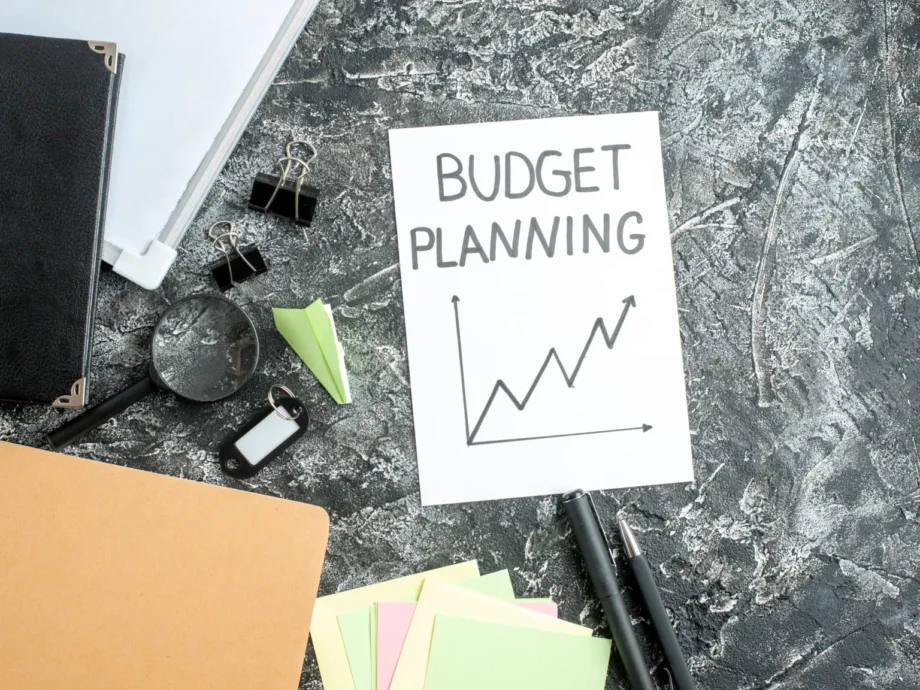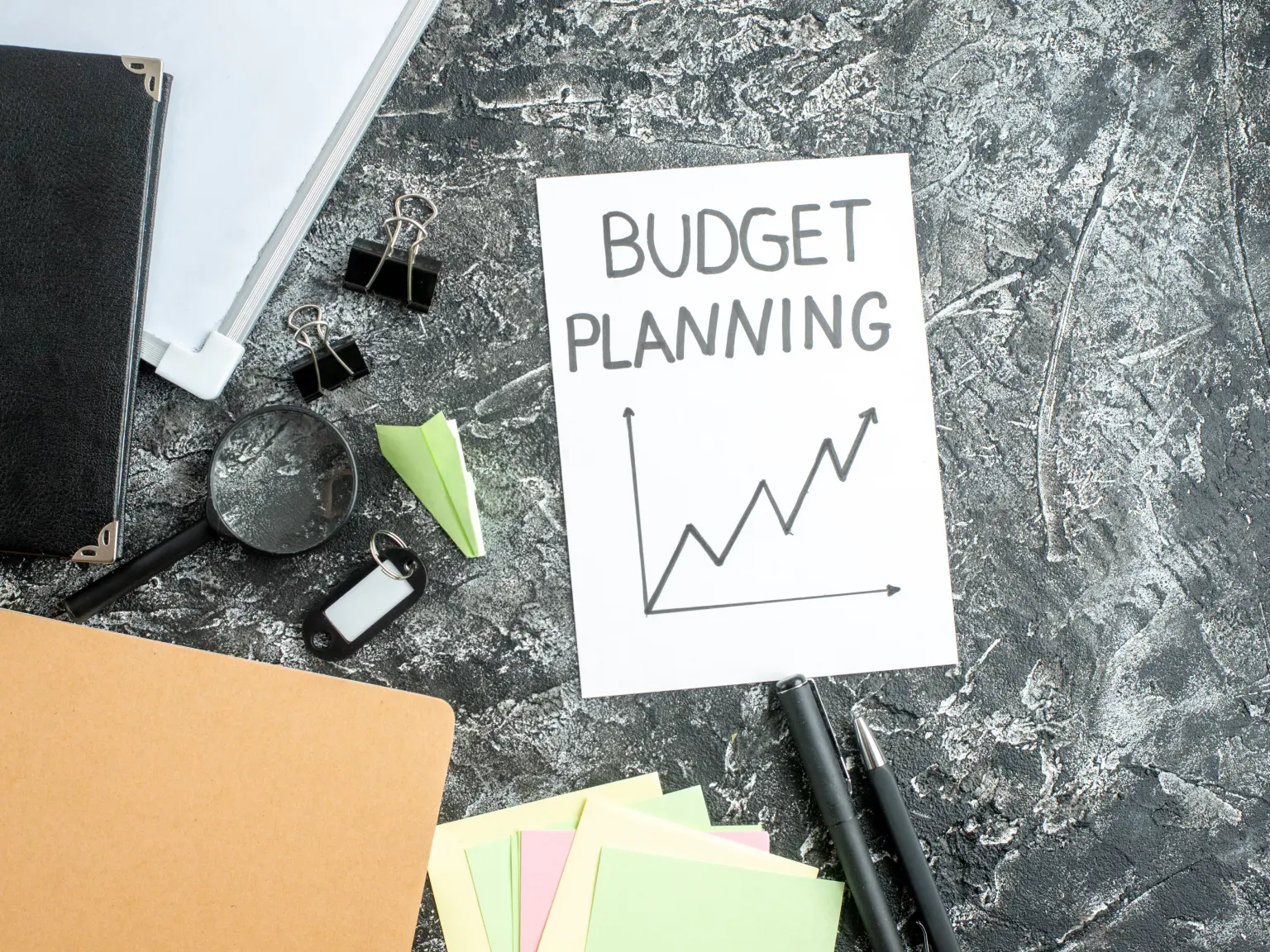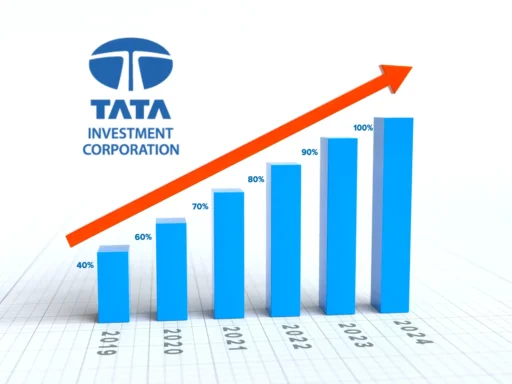Imagine the thrill of your early twenties: fresh out of college, a new job, and the world at your fingertips. It’s a time for adventure, new experiences, and building your dream life. But let’s face it, managing money isn’t always as exciting. Many young adults find themselves juggling bills, student loans, and the desire for a vibrant social life.
The good news? You have the power to turn your financial situation around. Budgeting is your secret weapon to creating a future filled with financial freedom and peace of mind. By mastering the art of budgeting, you’ll gain control over your money, reduce stress, and achieve your goals faster.
In this guide, we’ll dive into practical budgeting strategies designed specifically for young professionals like you. From tracking your spending and setting clear financial goals to creating a workable budget and investing wisely, we’ll equip you with the tools to build a strong financial foundation. So, let’s get started on your journey to financial success!
Understanding Your Financial Landscape

Before diving into budgeting, it’s essential to get a clear picture of your financial situation. Let’s start by understanding where your money is going and where you want it to go.
Track Your Spending
The first step to financial control is knowing where your money is going. For a few months, meticulously track every penny you spend. Use budgeting apps or spreadsheets to categorize expenses like rent, food, transportation, and entertainment. This exercise will reveal spending habits you might be surprised by and help identify areas where you can cut back.
Set Clear Financial Goals
Having clear financial goals is like having a roadmap for your money. Think about what you want to achieve financially. Are you saving for a vacation, a down payment on a house, or building an emergency fund? Break down these goals into short-term (within a year) and long-term (several years) targets. Creating a vision board can also help visualize your financial aspirations.
Calculate Your Net Worth
Understanding your net worth gives you a snapshot of your financial health. To calculate it, add up the value of your assets (savings, investments, property) and subtract your liabilities (loans, credit card debt). This number will fluctuate over time, but tracking it regularly helps you measure your financial progress.
By taking the time to understand your financial landscape, you’ll be better equipped to create a budget that works for you and helps you achieve your financial goals.
Building a Solid Budget

Now that you have a clear picture of your financial situation, it’s time to create a budget. A budget is like a roadmap for your money, helping you allocate funds effectively and reach your financial goals. Let’s explore some popular budgeting methods.
The 50/30/20 Rule
This simple rule is a great starting point for many people. Divide your after-tax income into three categories:
- 50% for needs: Essential expenses like rent, utilities, groceries, and transportation.
- 30% for wants: Discretionary spending like dining out, entertainment, and shopping.
- 20% for savings and debt: Build your emergency fund, pay off debt, and invest for the future.
Zero-Based Budgeting
With zero-based budgeting, you allocate every dollar of your income to a specific category. This method requires more detailed planning but can help you identify areas where you can cut back and maximize savings.
The Envelope System
This old-school method involves dividing your cash into different envelopes for specific categories like groceries, entertainment, and gas. While it might not be practical for everyone, it can be effective in helping you visualize your spending and avoid overspending.
Budgeting Apps and Tools
In today’s digital age, there are countless budgeting apps and tools available to help you manage your finances. These apps can automate tracking, set spending limits, and provide insights into your spending habits. Explore options that align with your preferences and tech-savviness.
Remember, the best budgeting method is the one you can stick to consistently. Experiment with different approaches to find what works best for you. By creating and following a budget, you’ll gain control of your finances and take a big step towards financial success.
Saving and Investing Wisely

Once you’ve established a solid budget, it’s time to focus on growing your money. Saving and investing wisely are crucial for achieving long-term financial goals. Let’s explore some key strategies.
Build an Emergency Fund
Life is unpredictable, and unexpected expenses can arise. An emergency fund is your financial safety net. Aim to save three to six months’ worth of living expenses in a high-yield savings account. This fund will provide a cushion during job loss, medical emergencies, or other unexpected challenges.
Start Investing Early
One of the most powerful tools for wealth building is compound interest. The earlier you start investing, the more time your money has to grow. Explore investment options like stocks, bonds, mutual funds, or index funds based on your risk tolerance and financial goals. Even small, consistent investments can make a significant difference over time.
Automate Your Savings
Make saving effortless by setting up automatic transfers from your checking account to your savings or investment accounts. This “pay yourself first” approach ensures consistent contributions and helps you reach your goals without thinking about it.
Plan for Your Future with Retirement Savings
Retirement might seem far off, but starting early is key. Take advantage of employer-sponsored retirement plans like 401(k)s or 403(b)s and contribute as much as possible, especially if your employer offers matching contributions. Additionally, consider opening an Individual Retirement Account (IRA) for additional savings.
By prioritizing saving and investing, you’re taking proactive steps towards financial security and achieving your long-term goals. Remember, consistency is key, so stick with your plan and watch your wealth grow.
Managing Debt Effectively
Debt can be a significant financial burden, but it doesn’t have to control your life. Let’s explore strategies to manage debt effectively and build a path to financial freedom.
Prioritize Debt Repayment
The first step to tackling debt is to prioritize which debts to pay off first. Consider these strategies:
- Avalanche method: Focus on paying off the debt with the highest interest rate first while making minimum payments on others.
- Snowball method: Prioritize paying off the smallest debt first to gain momentum and motivation.
- Consolidated approach: Combine multiple debts into one manageable payment.
Consolidate Your Debt
If you’re struggling to manage multiple debts, debt consolidation might be an option. This involves combining several loans into one larger loan with potentially lower interest rates. However, carefully consider the terms and fees before consolidating.
Avoid New Debt
Building good credit habits is essential for long-term financial health. Avoid accumulating new debt by creating a budget, using credit cards responsibly, and making timely payments. Remember, credit cards are a tool, not a free money source. Use them wisely and pay off your balance in full each month if possible.
By taking control of your debt, you’ll improve your financial well-being and create a brighter financial future. Remember, it’s never too late to start making positive changes.
Lifestyle Optimization
While budgeting and saving are crucial, it’s also essential to enjoy your life. Let’s explore ways to optimize your lifestyle without breaking the bank.
Cut Back on Expenses
Saving money doesn’t mean sacrificing your quality of life. Look for small changes that can add up to significant savings. Consider:
- Reducing subscriptions: Evaluate streaming services, gym memberships, and other subscriptions to see if they’re worth the cost.
- Cooking at home: Eating out can be expensive. Cooking at home can be healthier and save you money.
- Energy efficiency: Reduce energy consumption by using energy-efficient appliances and practicing energy-saving habits.
- Finding free entertainment: Explore free activities like parks, libraries, and community events.
Increase Your Income
Boosting your income can accelerate your financial goals. Consider these options:
- Side hustles: Explore part-time jobs or freelance work to supplement your income.
- Skill development: Invest in your skills to qualify for higher-paying positions.
- Renting out assets: If you own a spare room, car, or other assets, consider renting them out.
- Selling unused items: Declutter your home and earn extra cash by selling unwanted items.
Mindful Spending
Differentiating between needs and wants is crucial for smart spending. Before making a purchase, ask yourself:
- Is it a need or a want? Prioritize essential purchases and delay non-essential ones.
- Can I afford it? Consider the long-term impact on your budget.
- Will it add value to my life? Make sure purchases align with your goals and priorities.
By implementing these lifestyle optimization strategies, you can enhance your financial well-being and enjoy a fulfilling life without breaking the bank. Remember, small changes can lead to big results.
Conclusion
Mastering your finances is a journey towards financial freedom. By following the steps outlined in this guide—from tracking spending to investing wisely—you’re taking control of your financial future. Remember, small steps can lead to big results.
Create a budget that works for you, set clear goals, and stick to your plan. For personalized advice, consider consulting a financial advisor.
Start your financial journey today. Your future self will thank you!





